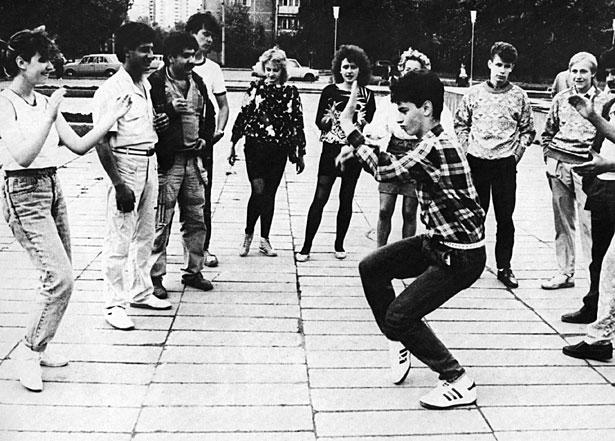“I am particularly interested in how issues concerning the actual situations and meanings of art, artistic practice, and art production relate to questions touching on the particular kind of knowledge that can be produced within the artistic realm (or the artistic field, as Pierre Bourdieu prefers it) by the practitioners or actors who operate in its various places and spaces. The multifarious combinations of artists, teachers, students, critics, curators, editors, educators, funders, policymakers, technicians, historians, dealers, auctioneers, caterers, gallery assistants, and so on, embody specific skills and competences, highly unique ways and styles of knowing and operating in the flexibilized, networked sphere of production and consumption. This variety and diversity has to be taken into account in order for these epistemes to be recognized as such and to obtain at least a slim notion of what is at stake when one speaks of knowledge in relation to art—an idea that is, in the best of cases, more nuanced and differentiated than the usual accounts of this relation.” Tom Holert, “Art in the Knowledge-based Polis,” e-flux journal, no. 3 (February 2009), →.
“And so the art world became the site of extensive talking—talking emerged as a practice, as a mode of gathering, as a way of getting access to some knowledge and to some questions, as networking and organizing and articulating some necessary questions. But did we put any value on what was actually being said? Or, did we privilege the coming-together of people in space and trust that formats and substances would emerge from these?” Irit Rogoff, “Turning,” e-flux journal, no. 0 (November 2008), →.
See “Deadly plane crash at Tokyo airport,” CNN.com, March 23, 2009, →.
See Bärbel Küster, “Wir müssen einen Schnitt machen,” Süddeutsche Zeitung, February 24, 2009, →.
See “Guidelines for Contribution to Japan,” Immigration Bureau of Japan, →.
See “Kim Jong Il Provides On-the-Spot Guidance to Newly Built Swimming Complex at Kim Il Sung University,” Korea News Services, March 19, 2009, →.
Liam Gillick, “Maybe it would be better if we worked in groups of three? Part 2 of 2: The Experimental Factory,” e-flux journal, no. 3 (February 2009), →.
See Volvo Car Corporation, “75 Years of Volvo Taxis,” press release, 11 March 2005, →.
A Chinese translation of this text has been published in issue #6 of Contemporary Art & Investment.
本文的中文版发表在当代艺术与投资 第六期上.
